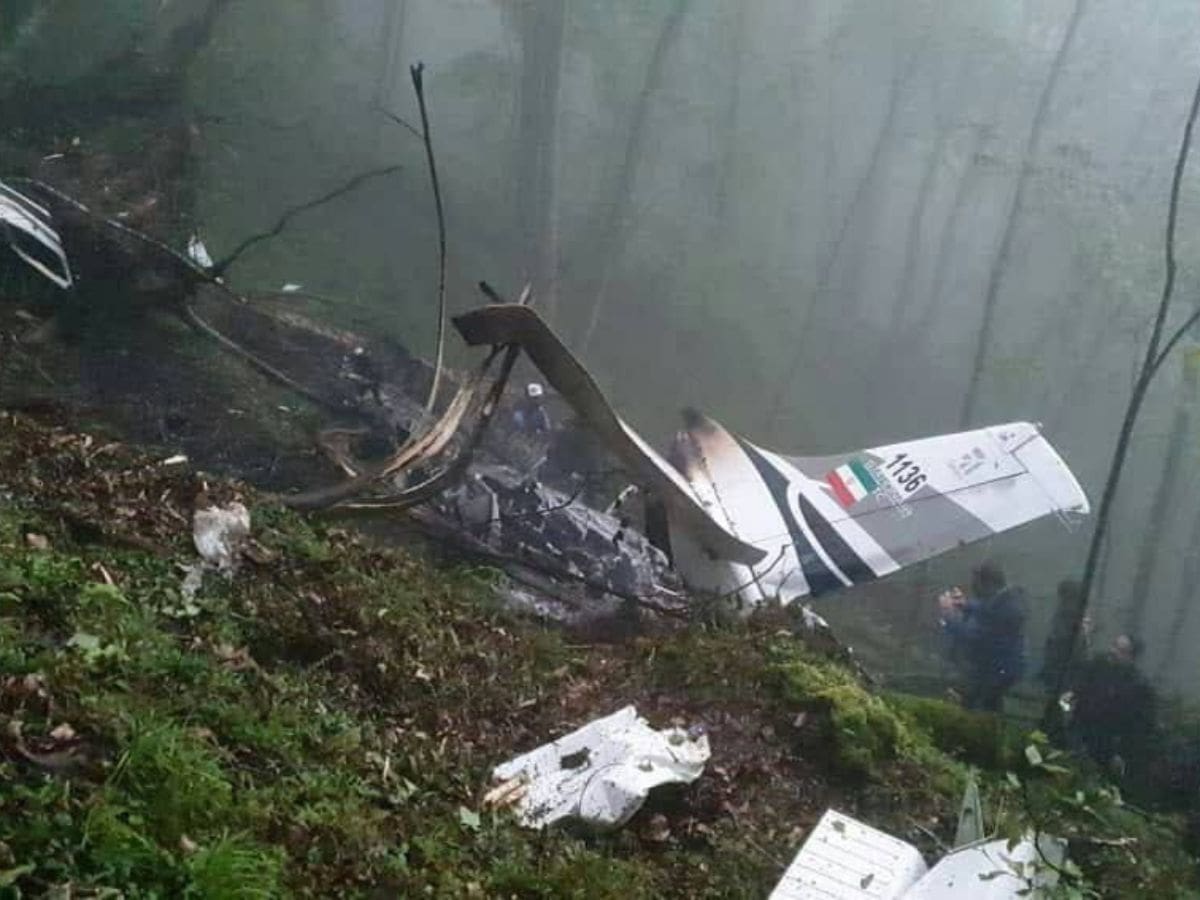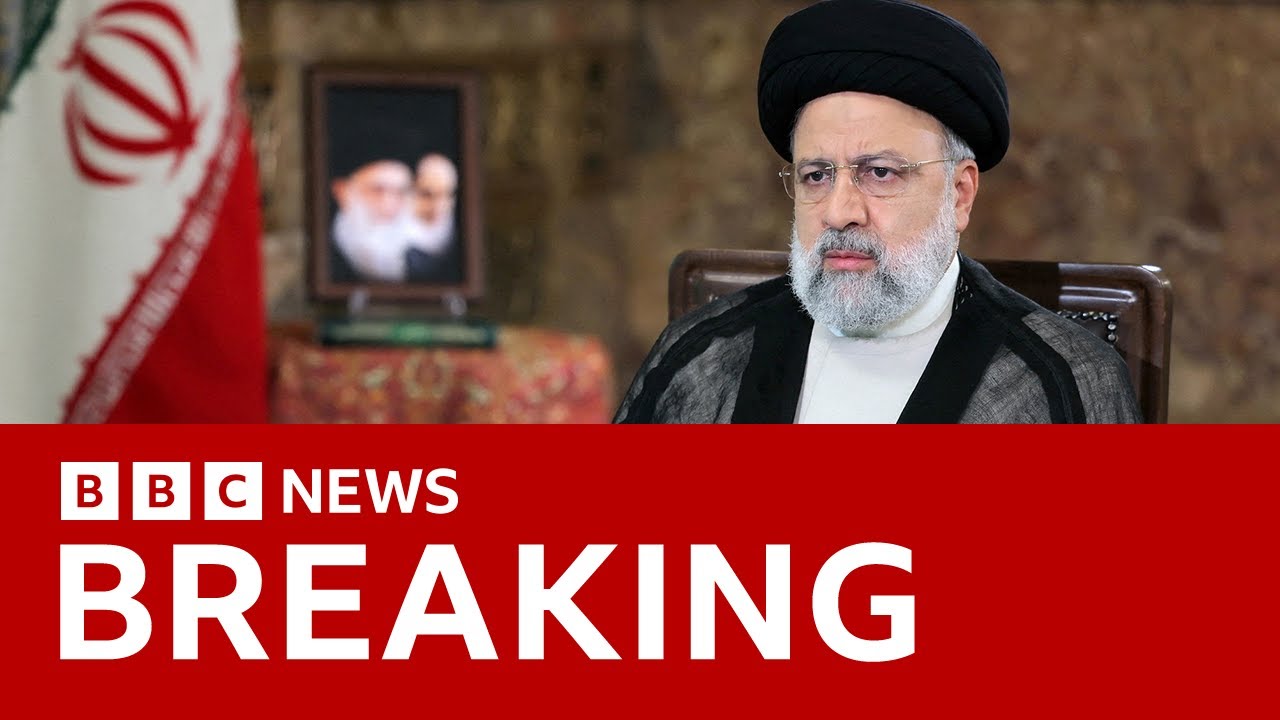Historical Context

The Iranian presidency has a long history of utilizing helicopters for transportation, dating back to the early years of the Islamic Republic. The use of helicopters has been instrumental in facilitating the president’s mobility and security, particularly in the context of the country’s vast and diverse terrain.
Over the years, there have been several notable events or incidents involving the Iranian president’s helicopter. One significant event occurred in 2005, when the helicopter carrying then-President Mahmoud Ahmadinejad crashed shortly after takeoff. The crash resulted in the deaths of several individuals, including senior government officials. Another notable incident occurred in 2018, when the helicopter carrying President Hassan Rouhani was forced to make an emergency landing due to technical difficulties. These incidents underscore the inherent risks associated with helicopter transportation, particularly in high-stakes situations involving the nation’s leadership.
Security and Safety Measures: Iran Helicopter President
Iran helicopter president – To ensure the safety of the Iranian president during helicopter transportation, stringent security measures are implemented. These measures encompass various protocols and procedures to mitigate potential threats and safeguard the president’s well-being.
The recent helicopter crash in Iran that claimed the lives of several top military officials, including the country’s president, has sent shockwaves through the nation. For more information on the current Iranian president, please refer to the iran president wiki . The incident has raised questions about the stability of the Iranian government and the future of the country.
As investigations into the crash continue, the Iranian people are left to mourn the loss of their leaders and wonder what the future holds.
Helicopter Security Features
- Ballistic Protection: Helicopters are equipped with armor plating and bulletproof glass to withstand potential gunfire or missile attacks.
- Electronic Countermeasures: Helicopters are outfitted with electronic warfare systems to detect and counter threats such as radar jamming or missile guidance.
- Chaff and Flare Dispensers: Helicopters carry chaff and flare dispensers to confuse and distract heat-seeking missiles.
- Advanced Avionics: Helicopters are equipped with state-of-the-art avionics systems for enhanced navigation and situational awareness, reducing the risk of accidents.
Security Protocols and Procedures, Iran helicopter president
In addition to the physical security features of the helicopter, comprehensive security protocols and procedures are followed to ensure the president’s safety during air travel.
- Pre-Flight Inspection: Helicopters undergo thorough pre-flight inspections to identify any potential mechanical issues or security concerns.
- Secure Flight Path: Flight paths are carefully planned to avoid areas of potential risk or threat.
- Armed Escort: Helicopters are often escorted by armed security forces or other aircraft for additional protection.
- Communication Protocols: Secure communication channels are established to maintain constant contact with ground control and other security personnel.
Operational Procedures and Logistics
The Iranian president’s helicopter transportation adheres to strict operational procedures and logistical arrangements to ensure safety, efficiency, and security.
Helicopter movements are meticulously planned and coordinated, involving flight planning, ground support, and communication protocols. The president’s helicopter is typically operated by a dedicated team of experienced pilots and support personnel.
The tragic helicopter crash that claimed the life of Iran’s helicopter president, Hassan Rouhani, sent shockwaves through the nation. The sudden loss of such a prominent figure in the country’s leadership has left a void that will be difficult to fill.
As the nation mourns this tragic event, it is essential to remember the legacy that Rouhani leaves behind and to honor his contributions to Iran’s political landscape.
Flight Planning
Flight planning involves determining the optimal route, altitude, and timing for the president’s helicopter journey. Factors considered include weather conditions, airspace restrictions, and potential security threats. The flight plan is coordinated with air traffic control and relevant authorities to ensure smooth and safe passage.
Ground Support
Ground support is crucial for the efficient and secure movement of the president’s helicopter. This includes ground crews responsible for refueling, maintenance, and security checks. Communication between the helicopter and ground support teams is maintained throughout the operation to ensure real-time coordination and response to any unforeseen circumstances.
The president of Iran helicopter incident has raised concerns about the safety of the country’s air travel. The president of iran helicopter is one of the most important people in the country, and his safety is of paramount importance. The incident has led to calls for an investigation into the safety of the country’s air travel industry.
Comparative Analysis

The Iranian president’s helicopter transportation shares similarities and differences with that of other world leaders in terms of security measures, helicopter models, and operational procedures.
In terms of security measures, both the Iranian president and other world leaders employ a range of security measures to ensure their safety during helicopter transportation. These measures include armed escorts, air traffic control restrictions, and ground security personnel.
Security Measures
- Armed escorts: The Iranian president’s helicopter is typically escorted by armed helicopters or fighter jets, providing protection against potential threats from the air.
- Air traffic control restrictions: During the president’s helicopter transportation, air traffic control authorities implement restrictions on other aircraft in the vicinity, creating a secure airspace.
- Ground security personnel: Ground security personnel are deployed along the helicopter’s flight path and at landing zones to prevent unauthorized access and maintain security.
Political and Cultural Significance
The Iranian president’s helicopter transportation holds significant political and cultural implications, reflecting the country’s image, power dynamics, and societal values.
Helicopters provide the president with a rapid and secure mode of travel, enabling them to attend events and conduct official duties efficiently. This showcases the government’s ability to provide effective and efficient transportation for its highest-ranking official, enhancing its image as a modern and capable state.
Symbolism of Power
The use of helicopters by the president symbolizes the authority and power of the office. The helicopter’s ability to navigate above traffic and obstacles represents the president’s ability to rise above challenges and make decisions that impact the entire nation. The distinctive sound of the helicopter’s rotors serves as a reminder of the president’s presence and influence.
Cultural Significance
Helicopters also hold cultural significance in Iran. They are often associated with prestige and status, as they are primarily used by high-ranking officials and dignitaries. The president’s use of helicopters reinforces this perception, associating the office with power, wealth, and influence.
Future Trends and Innovations

The future of Iranian presidential helicopter transportation holds exciting possibilities for advancements in technology, security measures, and operational efficiency. With rapid technological progress and the growing emphasis on safety and security, we can expect significant innovations in this field.
One potential trend is the integration of artificial intelligence (AI) into helicopter systems. AI-powered flight control systems can enhance safety by reducing human error, optimizing flight paths, and providing real-time situational awareness to pilots. Additionally, AI-driven predictive maintenance can help identify potential issues before they become major problems, ensuring the reliability and longevity of the aircraft.
Security Enhancements
Security is paramount in presidential transportation. Future innovations may include advanced threat detection systems, such as millimeter-wave scanners and facial recognition technology, to enhance perimeter security and prevent unauthorized access. Additionally, the use of counter-drone measures, such as radio frequency jamming or directed energy weapons, can mitigate the threat of drone attacks.
Operational Efficiency
To improve operational efficiency, future helicopters may incorporate advanced navigation systems, such as GPS-aided inertial navigation systems (INS) and terrain-following radar, to enhance situational awareness and enable precise flight in challenging conditions. Additionally, the use of lightweight materials and aerodynamic designs can reduce fuel consumption and increase range, optimizing the overall efficiency of helicopter operations.